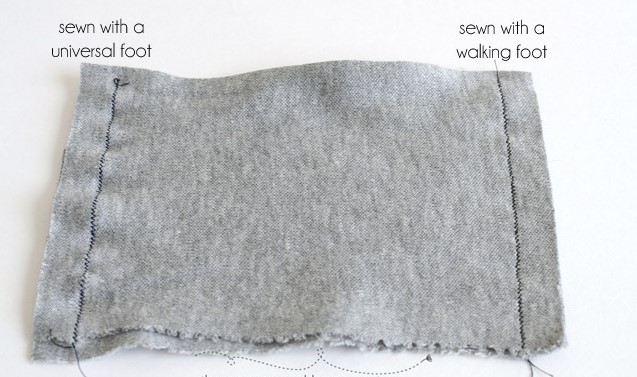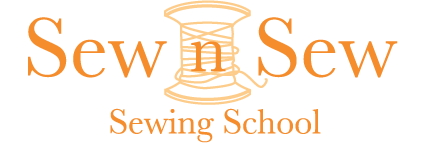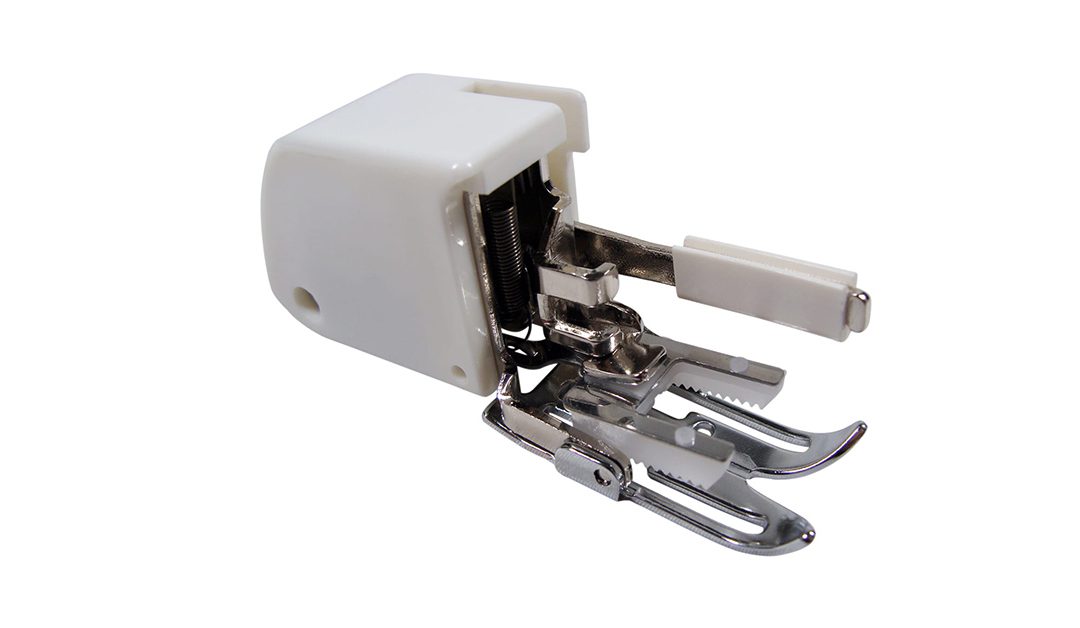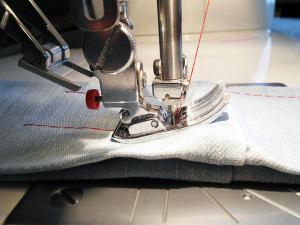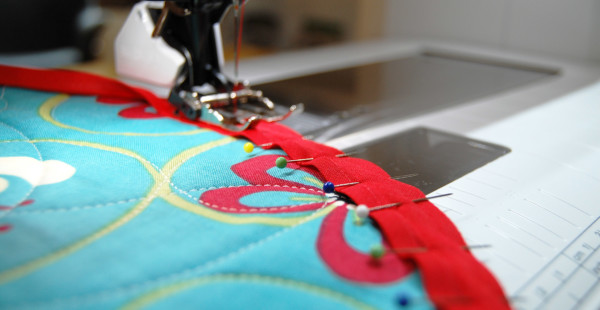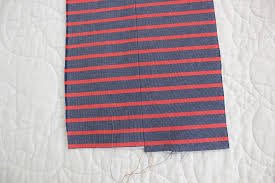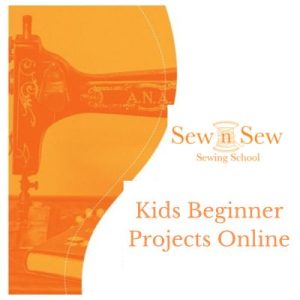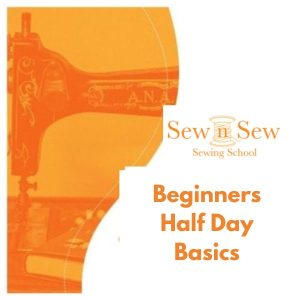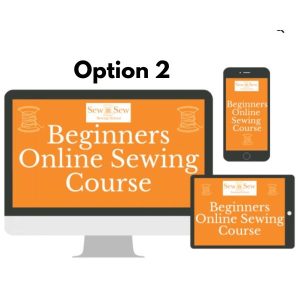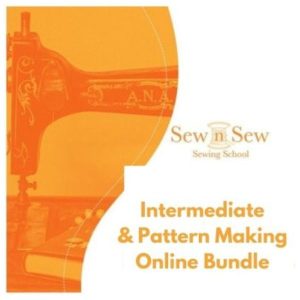What is a Walking Foot used for?
What is a Walking Foot? This foot is designed for sewing multiple fabric layers without puckering. It is ideal for bias cuts, silky, satin, or slippery fabrics. It is also very useful for matching patterns on seams.
To attach a walking foot, position the movable bar on top of the machine’s needle bar. As the needle moves up and down, the foot’s teeth sync with the feed dogs underneath the fabric.
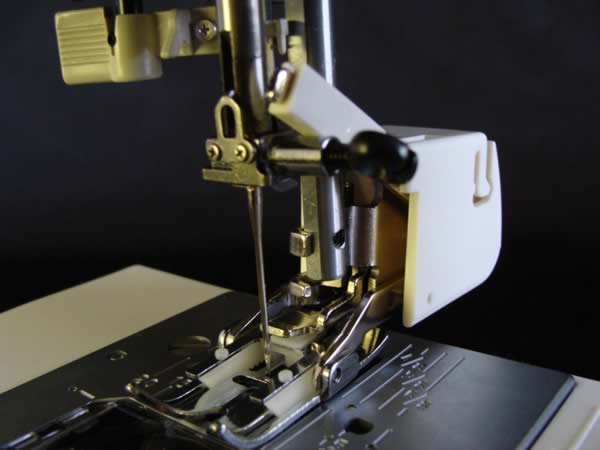
When to use a walking foot for garment sewing.
1. Traversing bulky seams
2. Topstitching bindings, hems or plackets
Have you noticed mysterious drag lines within your hem or button placket after topstitching? Sometimes steam helps, but the problem can persist.
Even with careful pressing, a normal presser foot may cause the top layer to move faster than the bottom when a layer of fabric is folded under and topstitched. This risk increases when stitching farther from the folded edge, such as on a deep hem. A walking foot keeps all layers even, ensuring nice, flat edges.
3. Matching plaids, stripes and other prints.
A walking foot is also helpful when sewing a garment with a pattern or directional print that needs to match across major seams. If you carefully cut and pin your pieces to align the prints, a walking foot ensures they will be sewn accurately.
4. Sewing knits
Due to the stretchy nature of knit fabrics, they tend to move under the presser foot while sewing. This is especially true when sewing along the direction of stretch, like the hem of a T-shirt, or with very stretchy fabrics like rib knit. This foot helps move knit fabrics evenly, preventing them from stretching out of shape.
